India is a diverse country with diverse climates over a vast geographical area. While some areas experience dry conditions, other areas receive abundant rainfall throughout the year. In this article, we will know about the top places in India which receive maximum rainfall. From the tropical rainforests of the Western Ghats to the northeastern states with a monsoon-dominated climate, India offers a wide range of regions with heavy rainfall. Let us know in detail about these remarkable places.
1. Mawsynram, Meghalaya

Mawsynram, a village in the state of Meghalaya, holds the record for being the rainiest place on earth. The annual average rainfall here is about 11,871 millimeters (467.4 in). Nestled amidst the Khasi Hills, the village of Mawsynram experiences abundant rainfall owing to its proximity to the Bay of Bengal and the Indian Ocean. Renowned for its lush greenery and stunning waterfalls, Mawsynram offers a captivating landscape.
2. Cherrapunji, Meghalaya
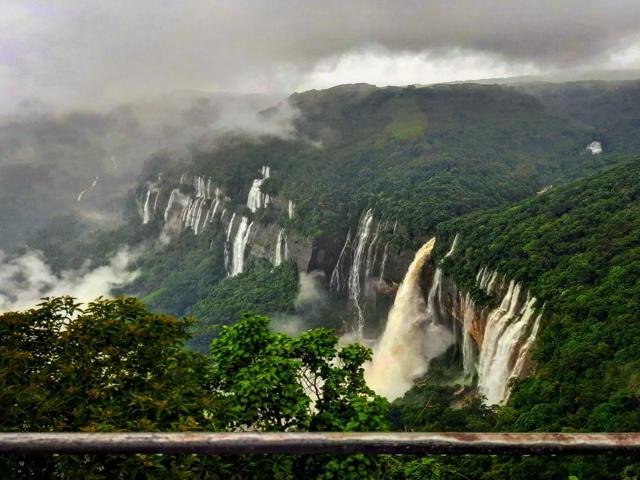
Cherrapunji, also located in Meghalaya, was once considered the wettest place on earth before being overtaken by Mawsynram. The annual average rainfall here is about 11,777 millimeters (463.7 in). The region’s abundant rainfall can be attributed to its location in the Khasi Hills and moist winds from the Bay of Bengal.
Read More: Best Natural Places To Visit in Monsoon in India
3. Agumbe, Karnataka
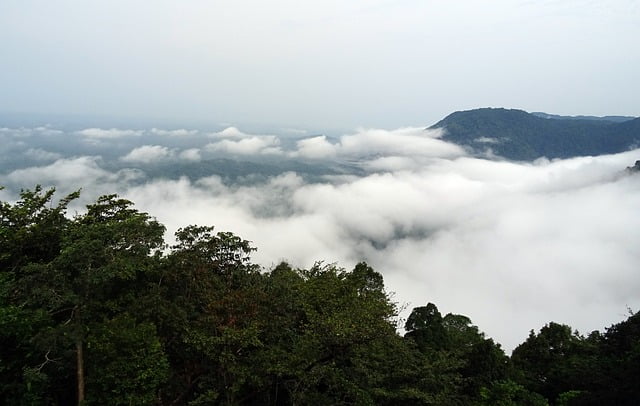
Agumbe, a small village in the Shimoga district of Karnataka, is famous for its natural beauty and high rainfall. It receives heavy rainfall throughout the year, with an annual average of about 7,620 millimeters (300 in). Agumbe is located in the Western Ghats, a region known for its biodiversity and dense forests.
4. Munnar, Kerala
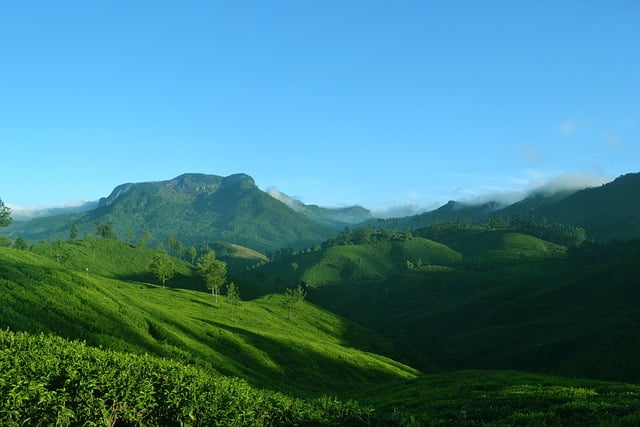
Munnar, located in the Idukki district of Kerala, is a popular hill station known for its tea gardens and misty mountains. Due to its location in the Western Ghats, it receives sufficient rainfall. The annual average rainfall in Munnar is about 5,550 millimeters (218 in), making it one of the wettest places in India.
Read More: 10 Most Oxygen Producing Trees in India
5. Mahabaleshwar, Maharashtra

Mahabaleshwar, located in the Western Ghats of Maharashtra, is known for its picturesque landscape and pleasant weather. It receives heavy rainfall during the monsoon season, with an annual average rainfall of about 5,000 millimeters (196.9 in). The dense forests and innumerable waterfalls of the region are testimony to its abundant rainfall.
6. Vallparai, Tamil Nadu

Valparai, located in the Anaimalai Hills of Tamil Nadu, receives substantial rainfall throughout the year. The region’s proximity to the Western Ghats and its high altitude contribute to its high rainfall. Valparai receives an annual average rainfall of about 3,900 millimeters (153.5 in) and has lush tea and coffee plantations.
Read More: Top 10 Must-Visit Places in Madhya Pradesh
7. Coorg, Karnataka
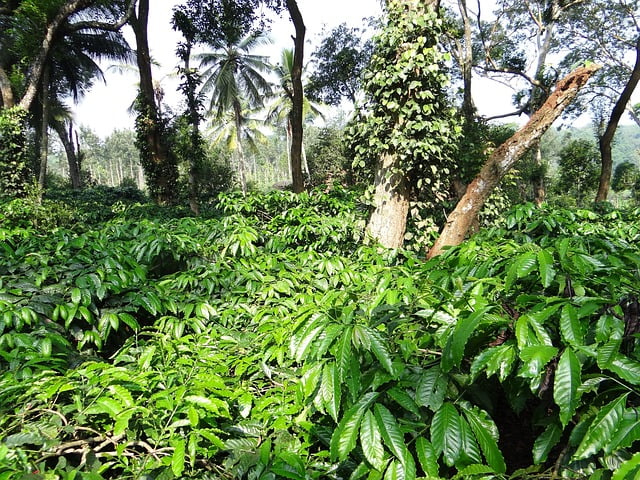
Coorg also referred to as Kodagu, is a stunning hill station in Karnataka renowned for its lush coffee plantations and enchanting misty landscapes. The region receives heavy rainfall during the monsoon season, with an annual average rainfall of about 3,500 millimeters (137.8 in). The lush green hills and waterfalls of Coorg make it a popular tourist destination.
8. Itanagar, Arunachal Pradesh

Itanagar, the capital of Arunachal Pradesh, experiences a humid subtropical climate with heavy rainfall.
Nestled in the foothills of the Himalayas, it receives an average annual rainfall of approximately 3,440 millimeters (135.4 inches). The lush green forests and natural beauty of the region are a result of its abundant rainfall.
9. Shillong, Meghalaya
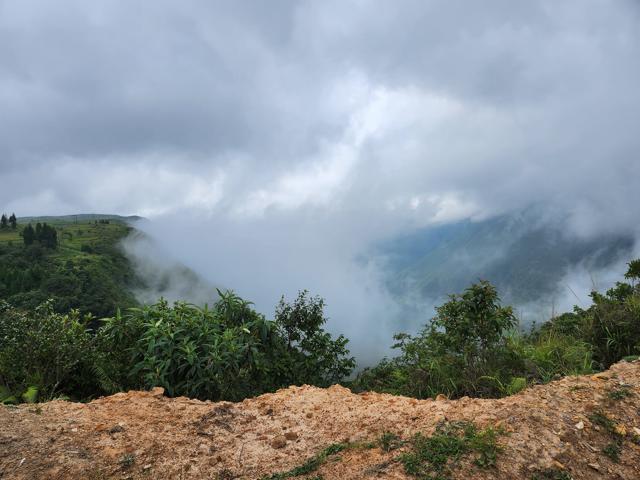
Shillong, the capital of Meghalaya, is affectionately referred to as the “Scotland of the East” owing to its scenic landscapes and delightful climate. The city receives heavy rainfall throughout the year, with an annual average of about 3,200 millimeters (126 in). The rolling hills, waterfalls, and lakes of Shillong make it a popular tourist destination.
Read More: Top Natural Places To Visit In Madhya Pradesh State
10. Dibrugarh, Assam

Dibrugarh, located in the northeastern state of Assam, experiences a humid subtropical climate with heavy rainfall. The annual average rainfall here is about 2,955 millimeters (116.3 in). Dibrugarh is surrounded by tea plantations and is known as the “Tea City of India”. The region’s abundant rainfall contributes to the flourishing of the tea industry.
11. Cherrapunji, Arunachal Pradesh

Cherrapunji, located in Arunachal Pradesh, receives substantial rainfall due to its location in the Khasi Hills. The annual average rainfall here is about 2,860 millimeters (112.6 in). The region’s waterfalls, caves, and living root bridges are evidence of its abundant rainfall and unique geography.
12. Goa
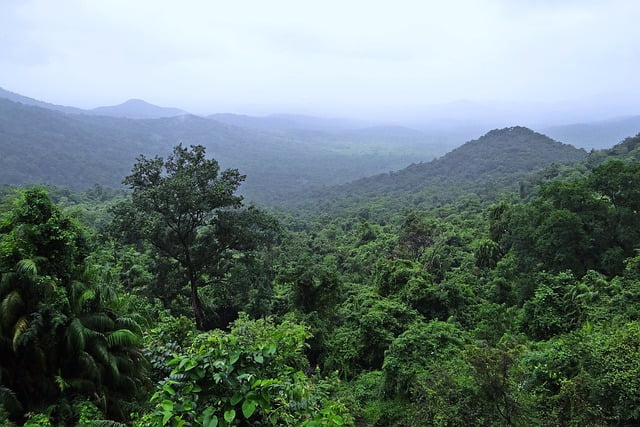
Goa, a popular beach destination on the west coast of India, experiences a tropical monsoon climate. It receives heavy rainfall during the monsoon season, with an annual average rainfall of about 2,590 millimeters (101.9 in). The lush green landscape and natural beauty of Goa is the result of abundant rainfall.
Read More: The Remarkable Gifts Rainforests Bestow upon Humanity
13. Dehradun, Uttarakhand
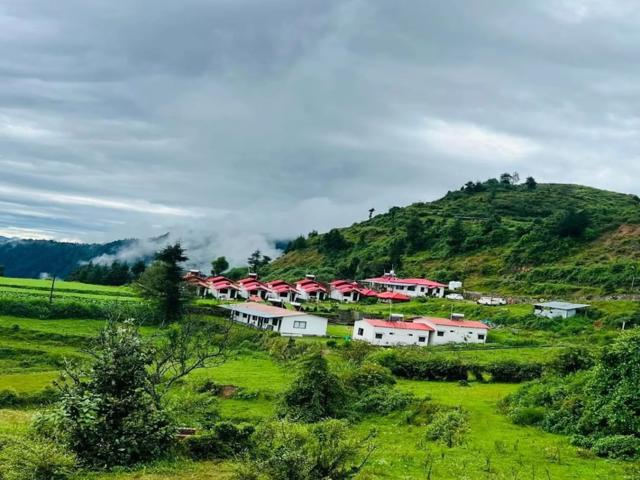
Located in the Doon Valley at the foothills of the Himalayas, Dehradun serves as the capital of Uttarakhand. It experiences a humid subtropical climate with heavy rainfall. Dehradun receives an annual average rainfall of about 2,251 millimeters (88.6 in), which contributes to the region’s fertile plains and abundant greenery.
14. Aizawl, Mizoram

Aizawl, the capital of Mizoram, receives heavy rainfall due to its location in the northeastern part of India. The annual average rainfall here is about 2,210 millimeters (87 in). Aizawl’s picturesque landscape, with rolling hills and cascading waterfalls, owes its beauty to the region’s abundant rainfall.
15. Gangtok, Sikkim

Gangtok, the capital of Sikkim, is situated in the eastern Himalayan mountain range. It experiences a temperate climate with heavy rainfall. Gangtok receives an annual average rainfall of about 2,150 millimeters (84.6 in). The area’s intrinsic charm, characterized by snow-capped mountains and pristine lakes, is further accentuated by its copious rainfall.